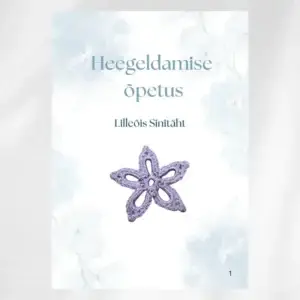Crocheted motifs: history and uses
Crocheted motifs are small, individual crochet elements that can be joined together to form larger textile pieces or used as standalone decorations. Their history is rich and diverse, reaching back centuries.
History
The exact origin of crocheting is unclear, but the technique became widely known in Europe in the 19th century. Initially, crocheting spread mainly among urban women and later reached rural areas as well. In Estonia, crocheting began to gain popularity in the second half of the 19th century, when handcraft was often taught in cities by teachers of German origin and German craft magazines, which introduced new patterns and techniques, became widespread.
Why use crocheted motifs?
Versatility: Motifs can be combined in various patterns and colours, creating unique textile items.
Using up leftovers: Small motifs are an ideal way to use up leftover yarn.
Simplicity: For beginners, crocheting motifs is a good way to practise different techniques in small sections.
How to use crocheted motifs?
Home textiles: Motifs can be used to create blankets, cushion covers, tablecloths, and curtains.
Clothing: Motifs can decorate garments or be used to make entire pieces like dresses or vests.
Accessories: Motifs are well suited for bags, hats, scarves, and jewellery.
Appliqués: Individual motifs can serve as decorative elements that can be attached to various surfaces.

